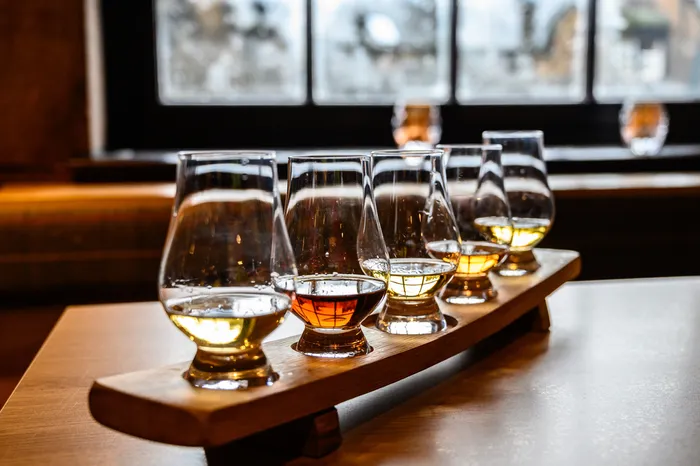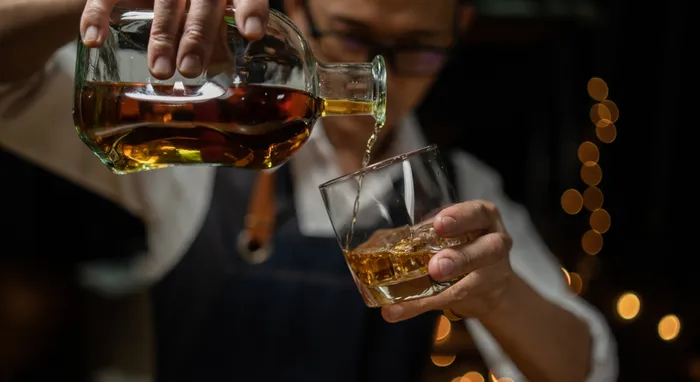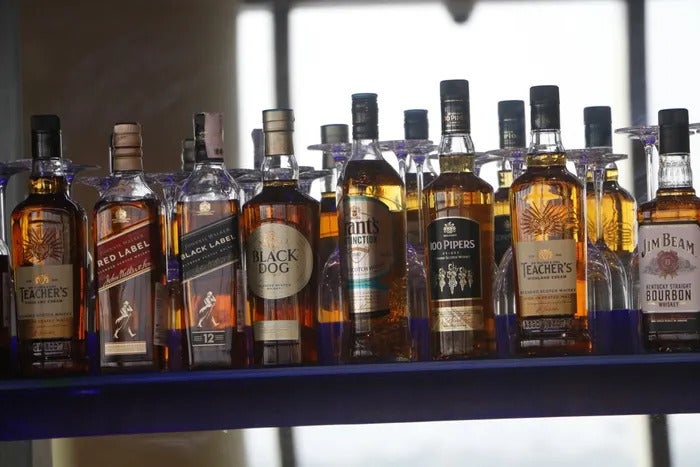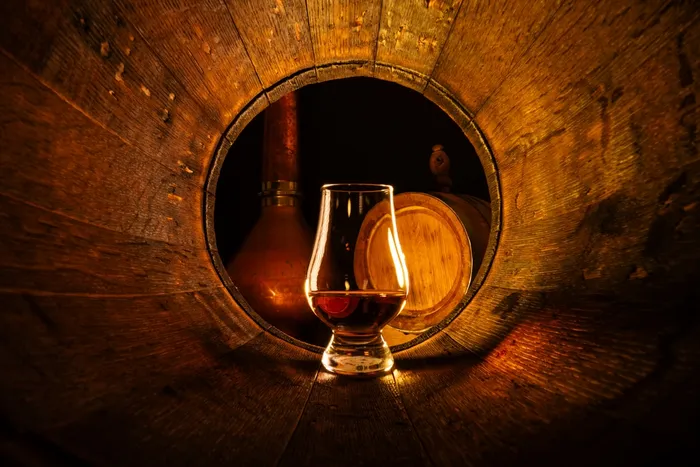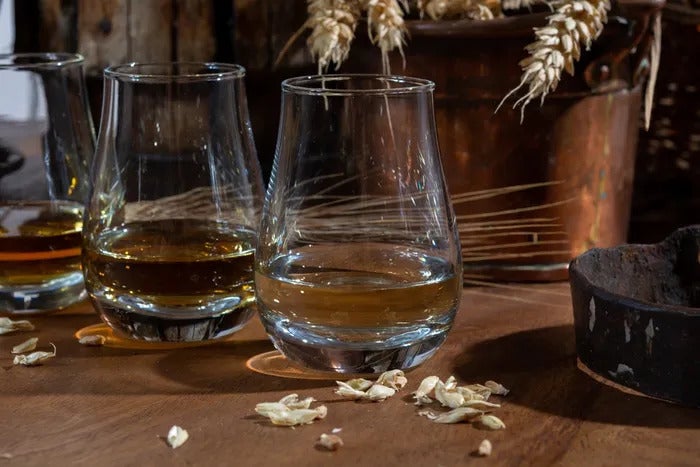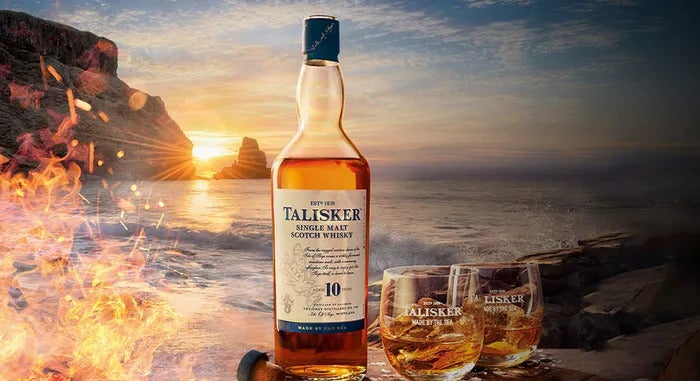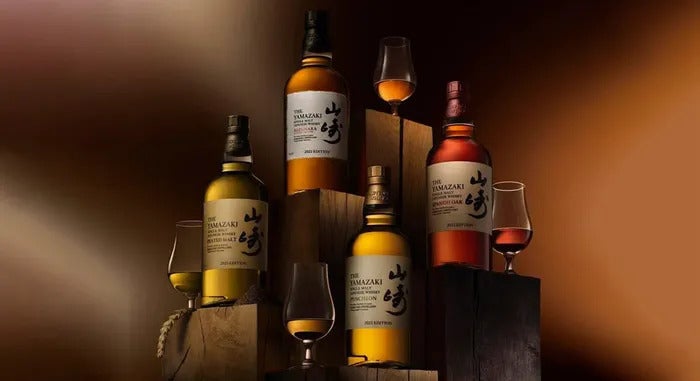There are no results that match your search.
Whisky • 5 min • 02.05.2023
What Sets Bourbon Apart From Other Whiskies? A Comprehensive Comparison

Millions of people around the world adore whisky (or whiskey, depending on where you're from or what you're buying). This distilled spirit comes in an array of varieties, ranging from the peaty smokiness of Islay Scotch to the sweet vanilla overtones of American whiskies. Each variety has its own character, and there is a universe of flavors and scents to uncover.
Bourbon vs Whisky: The Process of Creation
Mash Bill
Bourbon's production process differs from that of other varieties of whisky. To begin with, the mash bill, or the mixture of grains used to manufacture the whisky, MUST contain at least 51% corn, while other whiskies like Scotch or Japanese may utilize grains such as malted barley, rye, or wheat. The sweetness and depth of flavor in Bourbon are a result of its high maize content.
Aging
Bourbon makes use of new, charred oak barrels during the aging process, while other whiskies, such as Scotch or Irish whiskey, are frequently matured in used barrels that add different flavors and qualities to the finished product. The charring of the new oak barrels in the aging process of Bourbon contributes to the creation of distinct flavors and notes such as vanilla, caramel, and even smokiness.
In terms of maturing, Bourbon must be aged for at least two years before it can be labeled as Bourbon. Scotch, for example, must be matured for at least three years, and other types of Scotch have different age requirements from other subcategories like single malts or blended whisky. The amount of time a whisky is aged has an effect on its flavor and scent, with older whiskies displaying more subtle and nuanced characteristics.
Proofing
Finally, Bourbon's proofing and bottling differs from that of other whiskies. Bourbon has to be distilled to an ABV of no more than 80% and bottled at no less than 40%. Scotch and other whiskies can be bottled between 40% and 60%.
Bourbon vs Other Whiskies: The Ingredients
Most whisky producers rely on an abundance of raw material available within the country; hence, part of the regulation in Bourbon production is the use of corn. Different flavor characteristics for each variety of whisky might emerge from variances in the grains utilized. Scotch, for example, has a distinct nutty, toasted flavor due to the use of malted barley, whilst Bourbon has a sweeter, richer flavor due to the use of corn.
Water source also differs due to the mineral content and pH levels, which is essential during the mashing and fermentation process. Scotch uses water from Scottish lochs, Irish whiskey often uses water from the Irish countryside, and Bourbon uses limestone-filtered spring water.
Bourbon vs Other Whiskies: Price
Bourbon is generally less expensive than other types of whisky due to lower production costs in the United States and the use of less expensive new oak barrels. However, the price of any whisky can be influenced by factors such as the length of aging, production methods, location, taxes, and the availability of rare or limited edition releases.
Scotch production often involves a longer aging process due to its weather. Reusing American oak barrels and other barrels like sherry and port sourced from other countries also contributes to its higher costs. Japanese whiskies, on the other hand, can also be more expensive due to high demand, cost of raw materials, and intricate production.
Depending on the region, Bourbon prices can vary from $20 for low-end bottles to several hundred dollars for higher-end bottles, typically cheaper than its competitors. Japanese whiskies, for example, can cost upwards of a thousand dollars.
Summary: Which One Is Better?
Taste is always going to be a personal preference, especially in the world of whisky. Some might favor the rich and sweet notes of Bourbons, others might find the subtle and complex nuanced flavors of Scotch whisky, and some might be intrigued by why Japanese whiskies cost so much that people just want to get their hands on one. At the end of the day, all whiskies are amazing in their own ways, and one cannot be better than the other, so on your next spirit shopping, grab a Bourbon, sip, savor, and enjoy.







